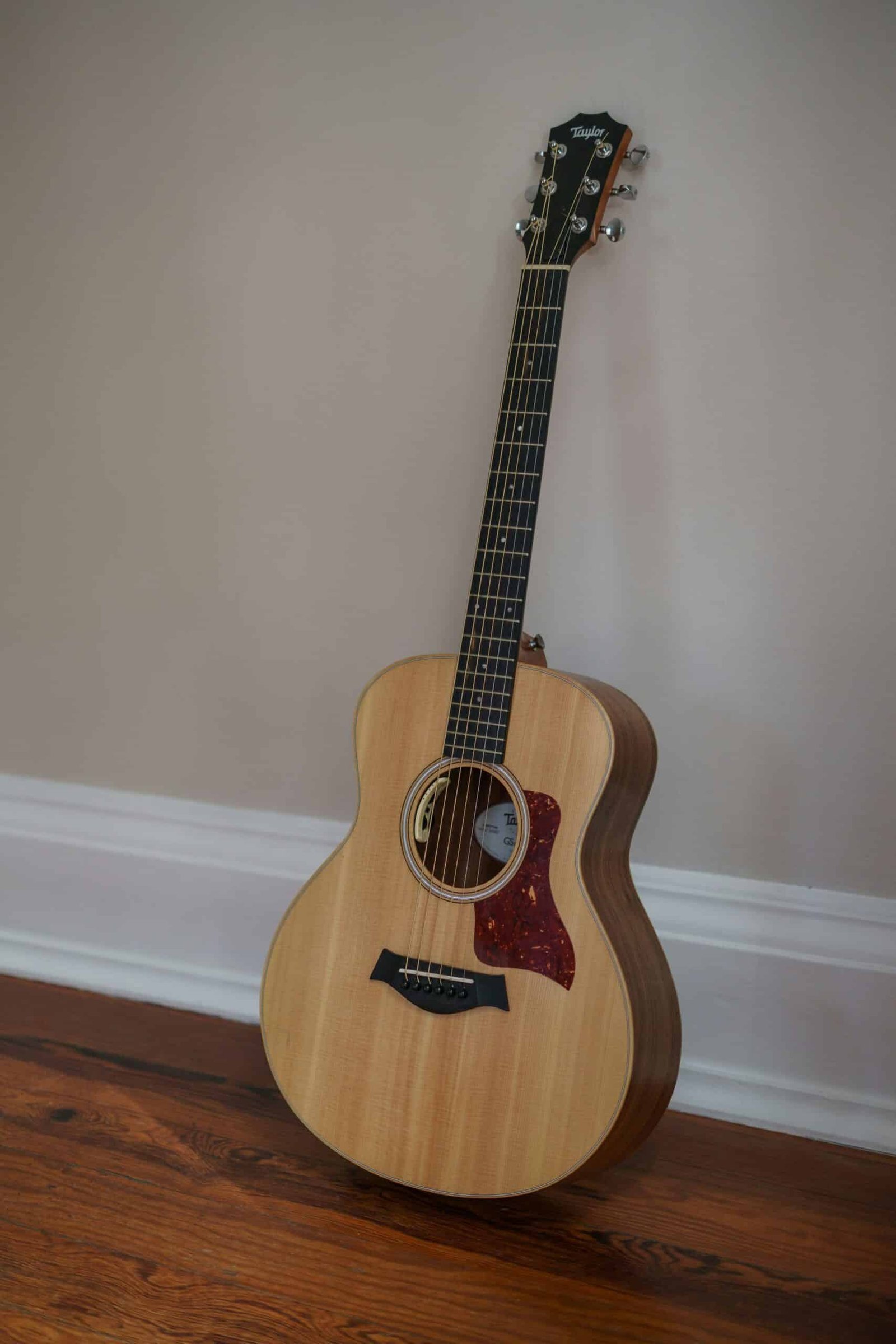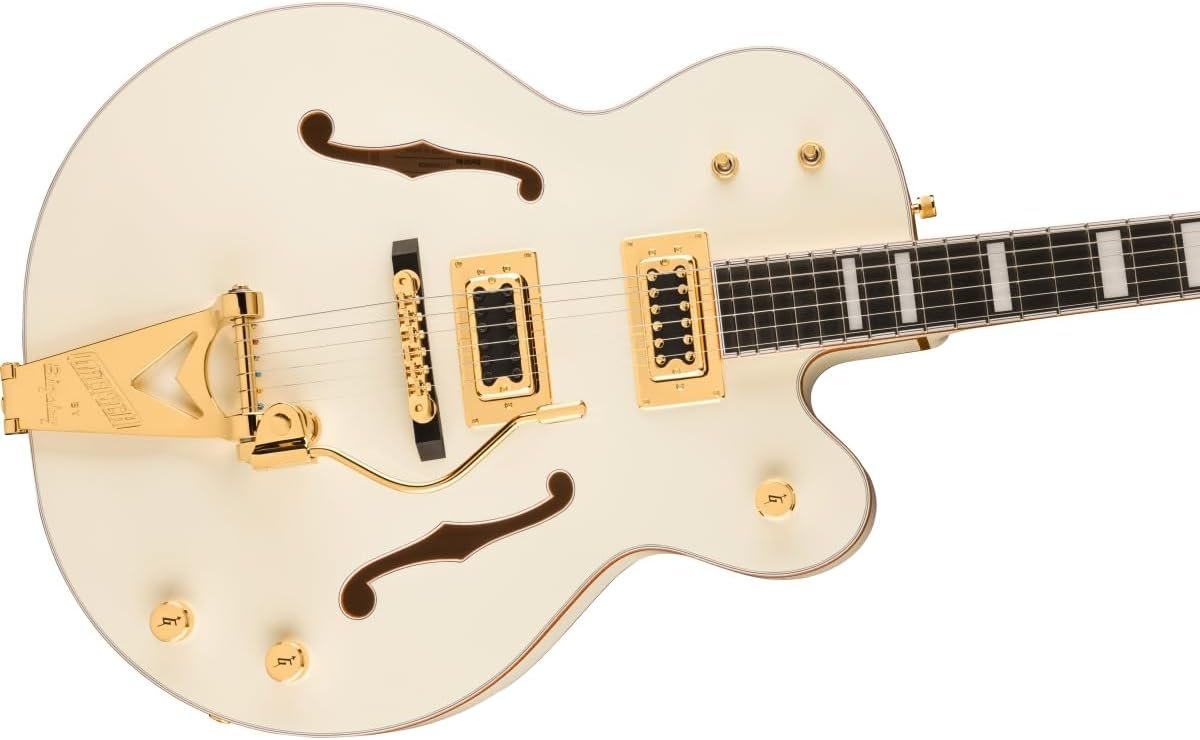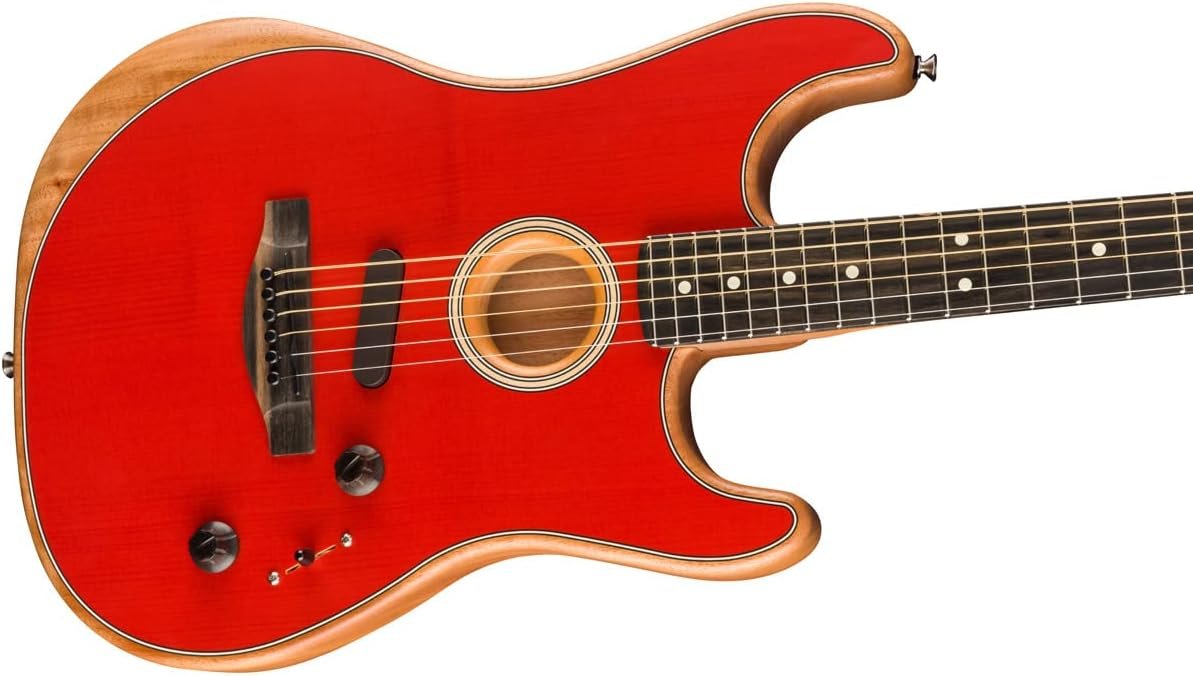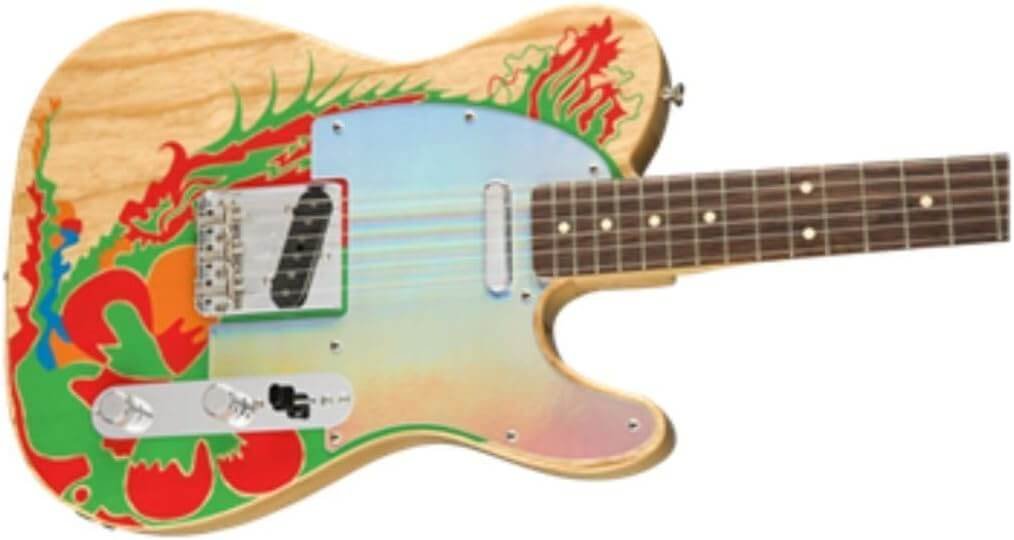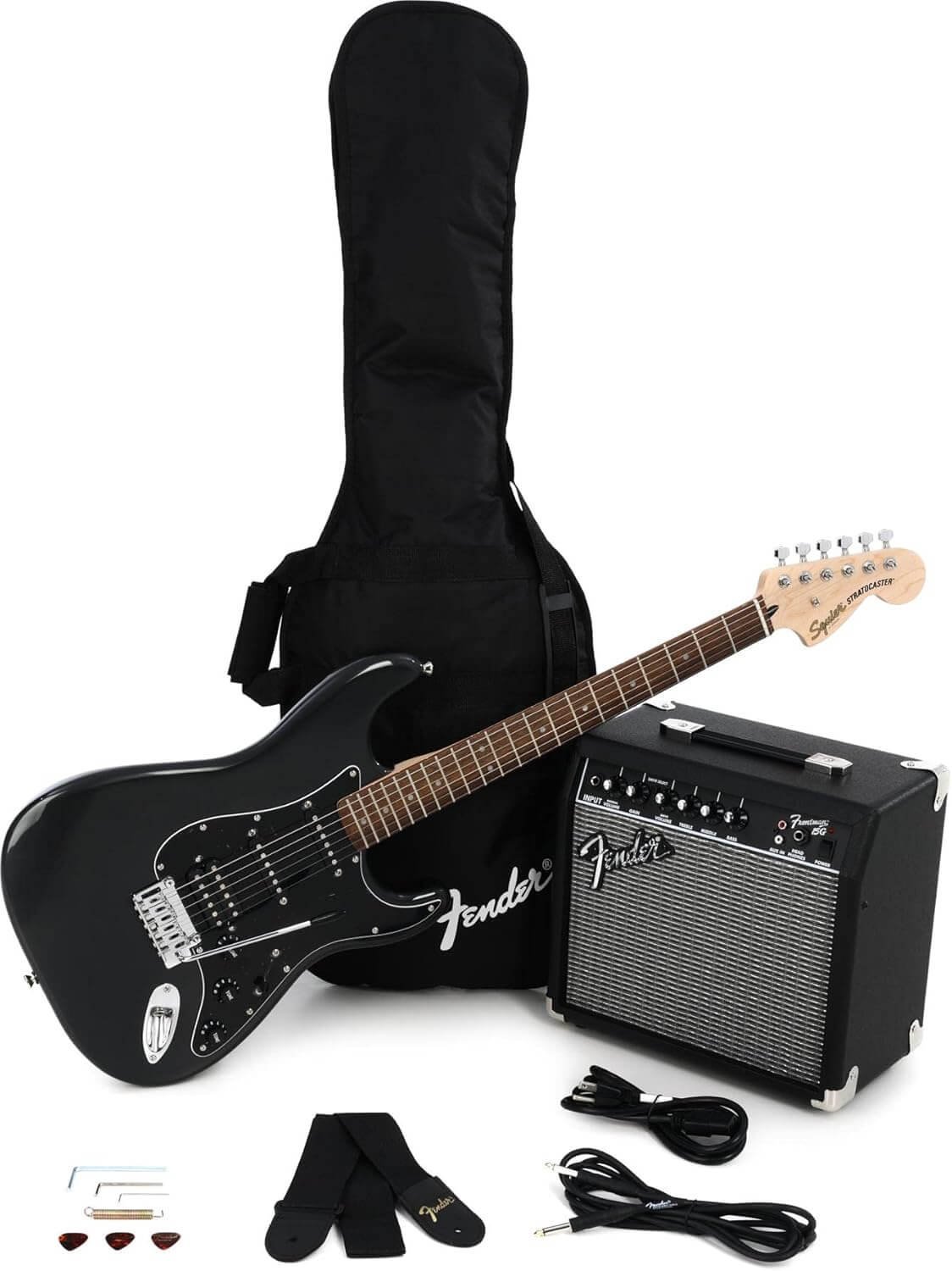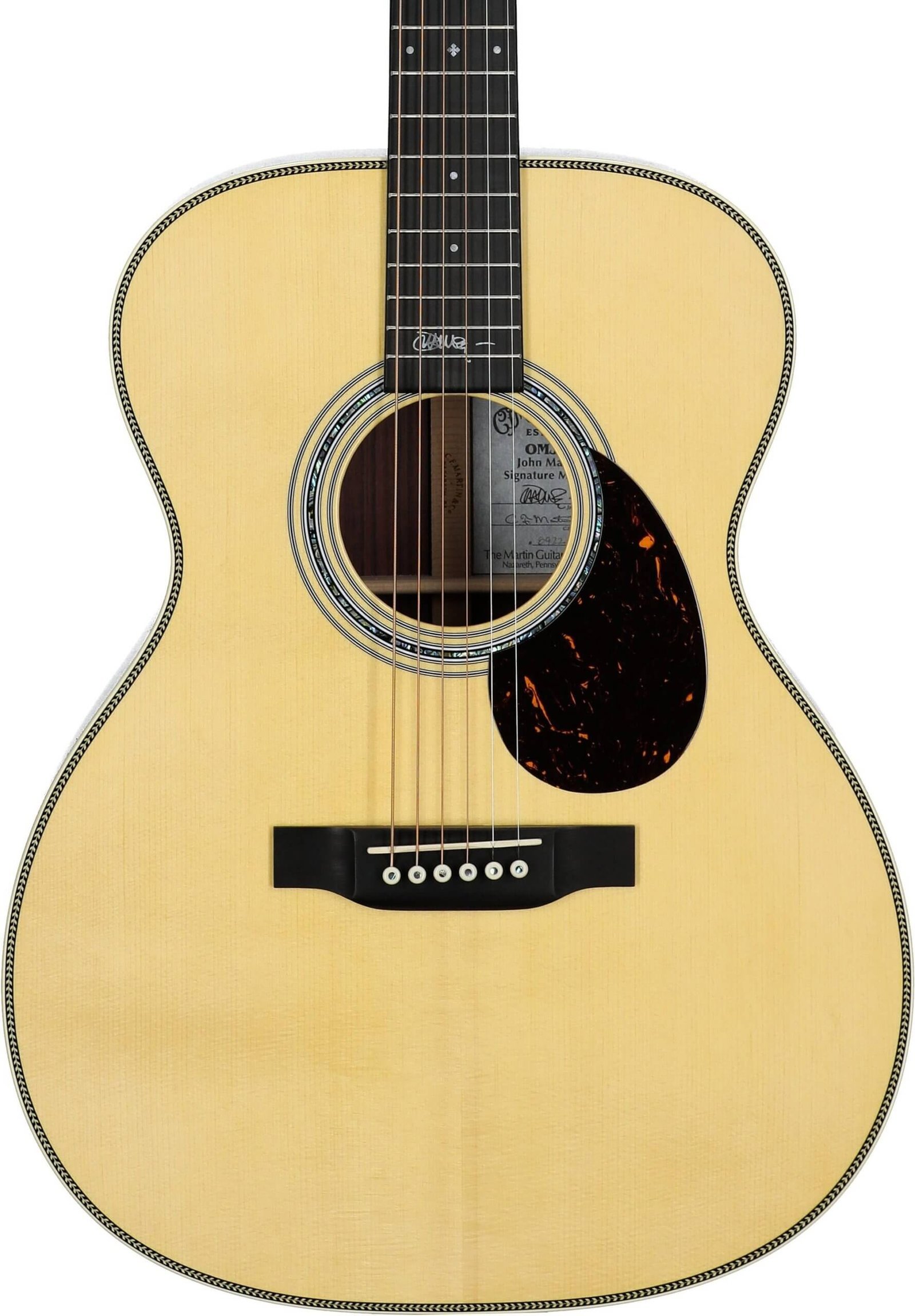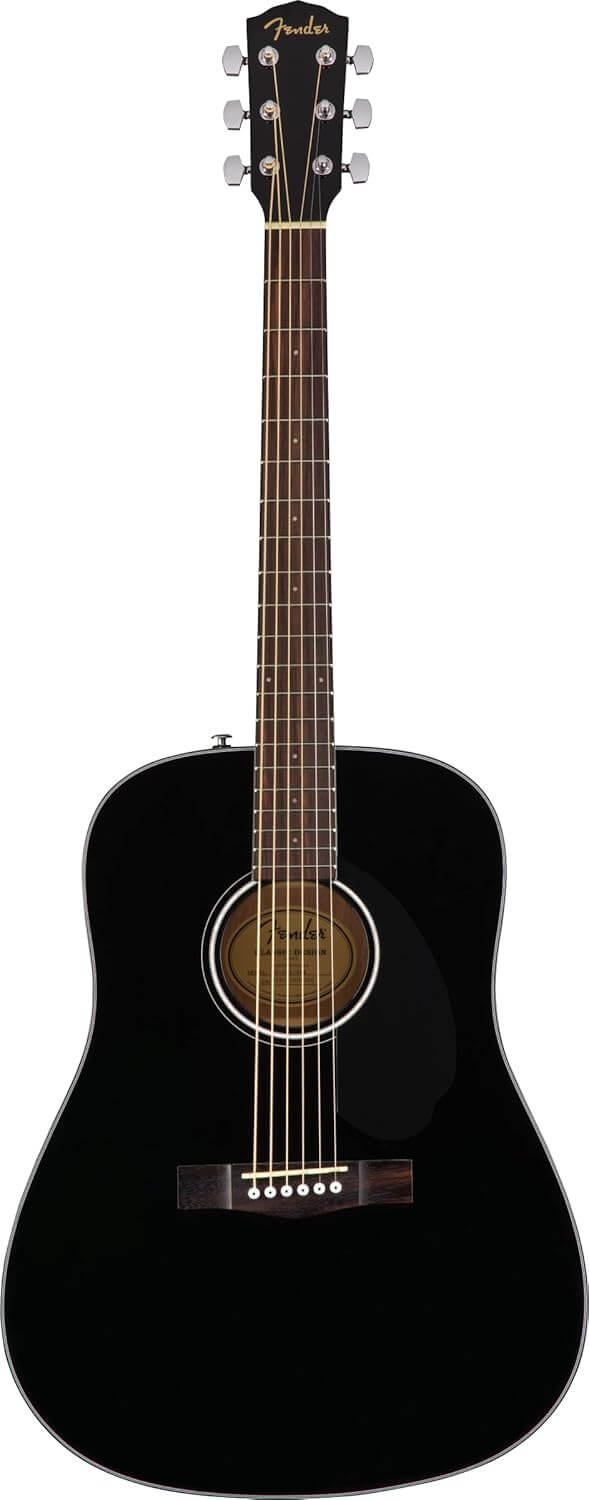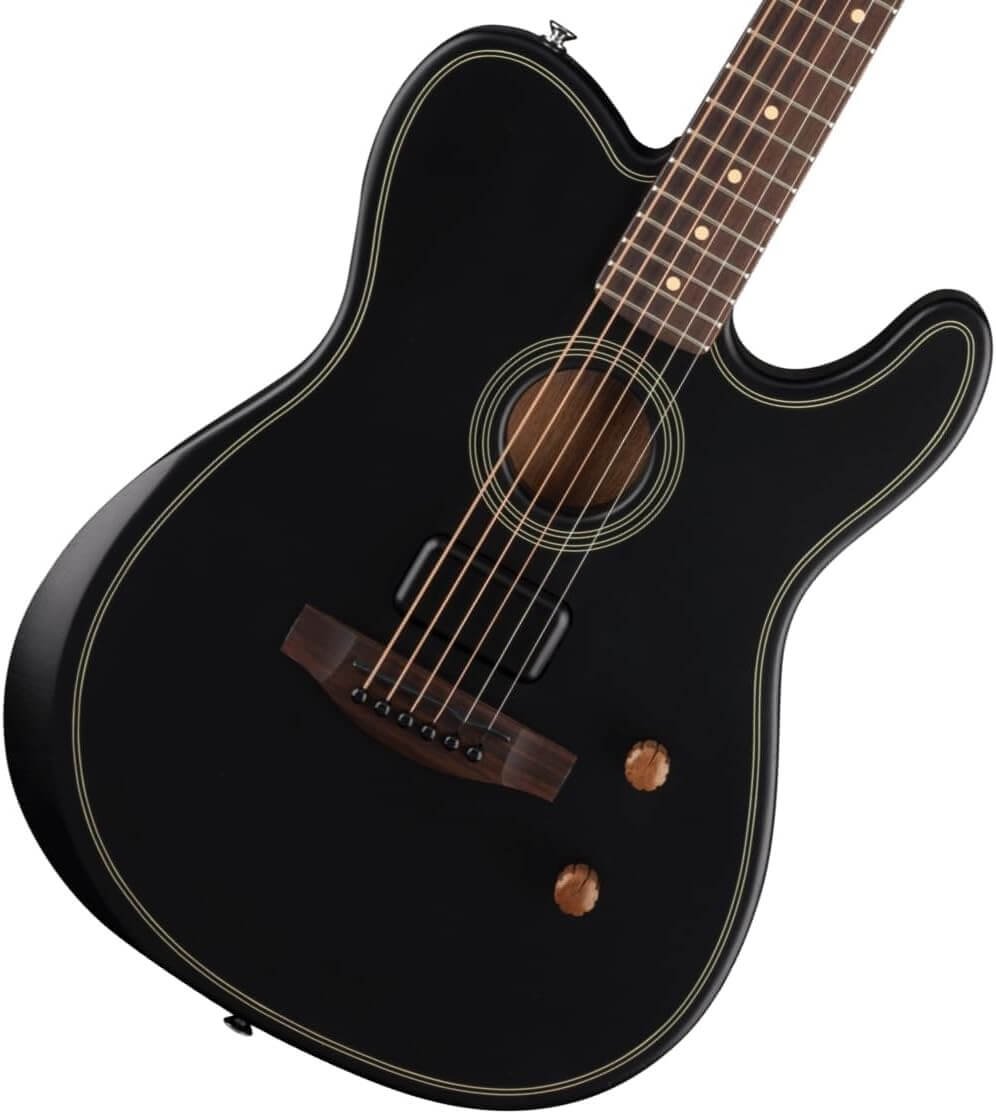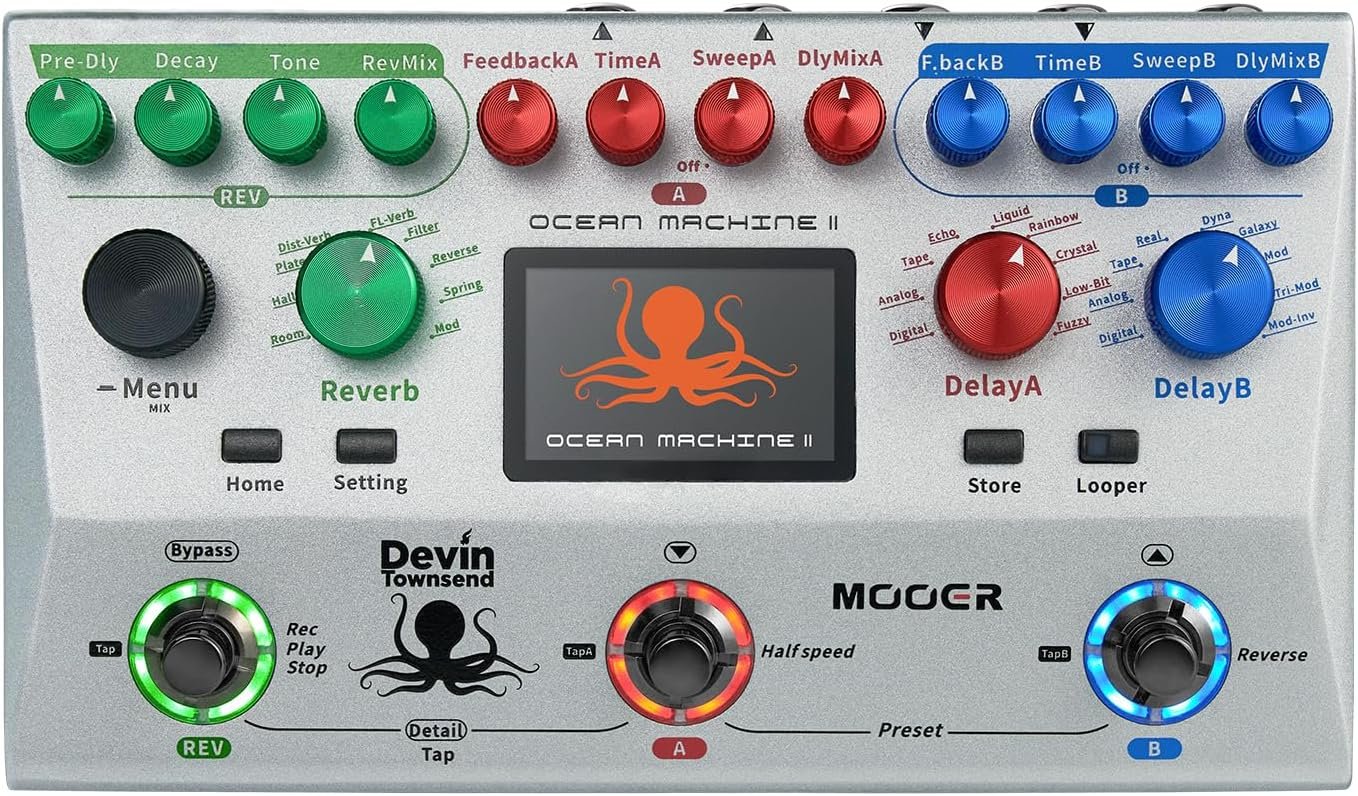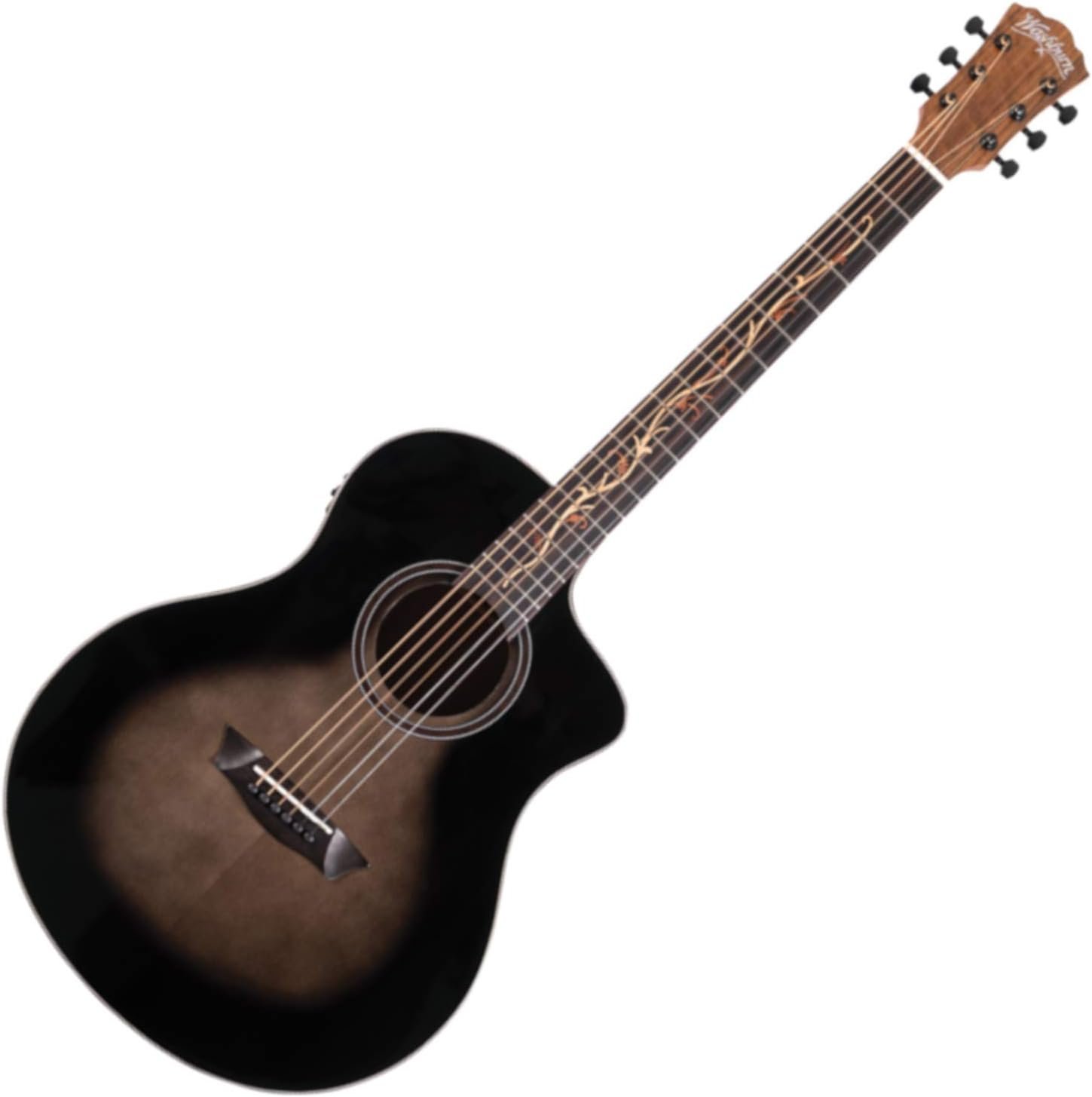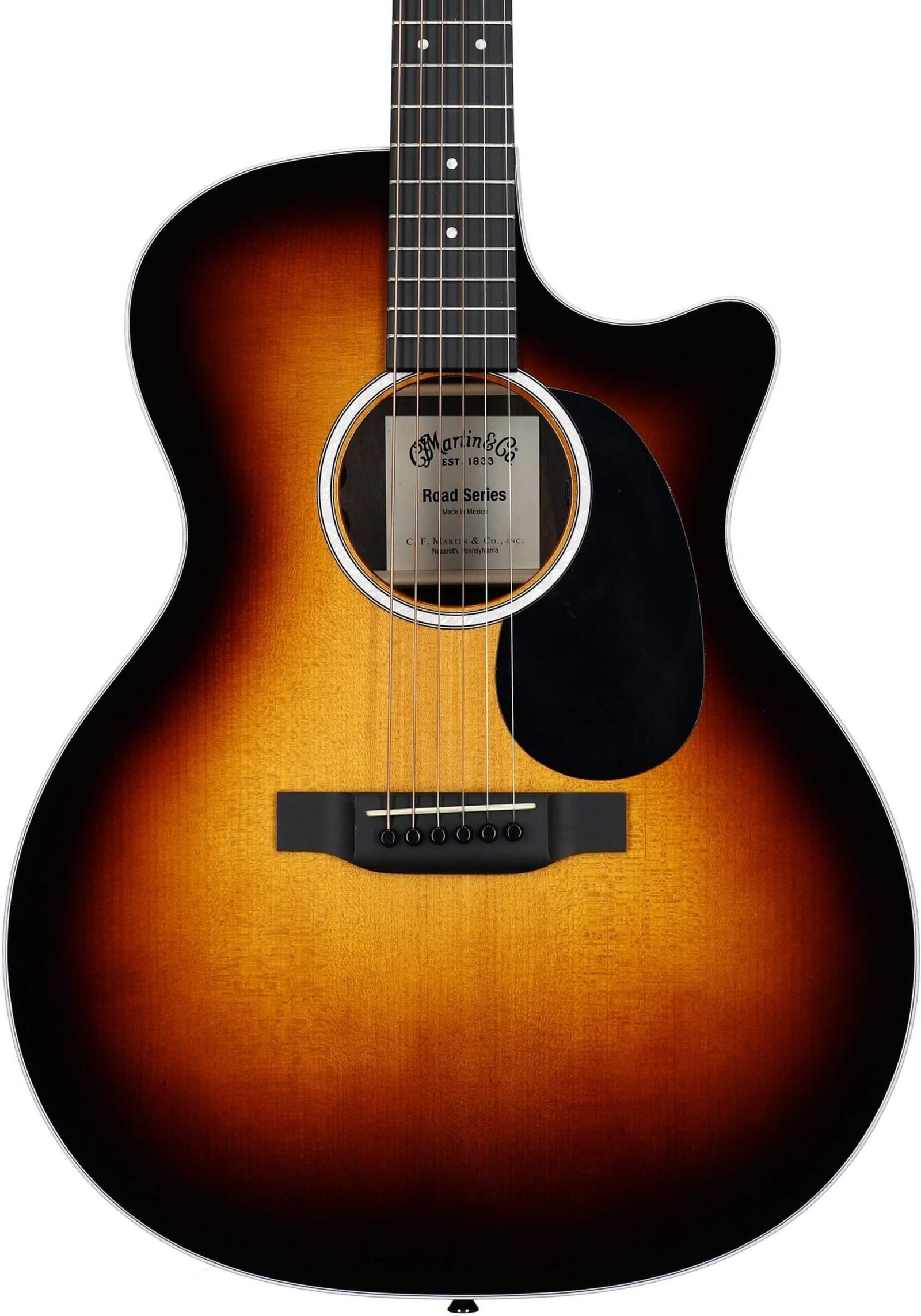Introduction to Martin Guitars
Founded in 1833 by Christian Frederick Martin, Martin Guitars has played a pivotal role in the evolution of acoustic guitars, establishing a legacy that resonates deeply within the music community. The brand quickly gained recognition for its commitment to craftsmanship and innovation, setting a high standard for acoustic instruments that continues to influence luthiers to this day. Martin’s dedication to quality construction and the use of premium materials has positioned it as a leader in the acoustic guitar market.
Throughout its long history, Martin Guitars has introduced groundbreaking techniques that have transformed how guitars are built. The incorporation of X-bracing—a structural innovation devised by Martin—revolutionized the design of acoustic guitars, allowing for enhanced sound projection and tonal richness. This pioneering approach to guitar construction has not only influenced other manufacturers but has also become a hallmark of quality in the acoustic guitar industry.
As a brand, Martin Guitars holds a significant place in music history, with its instruments being favored by an array of artists across various genres. From folk to rock, the ability of a Martin guitar to deliver warmth and clarity in sound has made it a preferred choice for many musicians. The brand’s ongoing efforts to marry traditional craftsmanship with modern techniques ensures that each guitar remains a unique instrument, reflecting both the artistry of the builder and the needs of the player.
In exploring the legacy of Martin Guitars, it is essential to consider the models that have defined the brand’s reputation over the years. This blog post will delve into the top five Martin acoustic guitars, examining their historical significance and the lasting impact they have had on musicians and the acoustic guitar landscape as a whole.
The Historic D-28: The Iconic Model
The Martin D-28 acoustic guitar has long held a revered status in the music industry since its introduction in the 1930s. Renowned for its exceptional sound quality, the D-28 is a dreadnought guitar that has become synonymous with remarkable projection and resonance, making it a preferred choice for many musicians across various genres. Its distinctive design features a solid Sitka spruce top, which contributes to its bright and powerful tone, paired with Indian rosewood back and sides that enhance the warmth and depth of the sound.
The D-28’s impact on the music world is profound; its influence can be traced through the works of legendary artists such as Johnny Cash, Neil Young, and Eric Clapton. These musicians have celebrated the D-28 not only for its tonal qualities but also for its aesthetic appeal. The guitar’s craftsmanship showcases meticulous attention to detail with the classic “X” bracing that supports its structural integrity while allowing for dynamic sound projection. This combination of design elements and superior materials has solidified the D-28 as an enduring favorite among both amateur players and professional musicians.
The Versatile OM-28: A Blend of Tradition and Innovation
The Martin OM-28, introduced in the early 20th century, represents a significant milestone in acoustic guitar history. Designed specifically for fingerstyle players, it has since showcased its versatility across various musical genres. The “OM” stands for “Orchestra Model,” which reflects its intention to provide a balanced tone that cuts through an ensemble without overpowering it. This blend of clarity and warmth makes the OM-28 a favorite among both traditionalists and modern musicians.
Constructed from premium tonewoods, the OM-28 features a solid Sitka spruce top, which enhances its dynamic response and projection. The back and sides are crafted from rosewood, adding depth and richness to its sound. The combination of these materials results in an instrument that not only looks stunning but also produces a rich, full-bodied tone. This makes the OM-28 suitable for a wide range of playing styles, from intricate fingerpicking to strumming chords, appealing to guitarists with diverse musical backgrounds.
Over the years, the Martin OM-28 has undergone various refinements, yet it remains true to its roots. The traditional X-bracing pattern inside the guitar enhances its resonance and sustain, which is crucial for fingerstyle playing. Additionally, the OM-28 incorporates modern features that address the needs of contemporary players, such as the use of advanced finishes and improved tuners for better stability and performance. As a result, even as it evolves, the OM-28 retains its classic allure, making it a timeless choice for players looking for balance and versatility in a single instrument.
The historical significance of the OM-28 in the Martin lineup cannot be overstated. Its introduction heralded a new era of guitar design that prioritizes both sound quality and playability. Ultimately, the OM-28 serves as a prime example of how tradition can harmoniously coexist with innovation, appealing to generations of guitarists seeking an exceptional instrument to express their artistry.
The Rigid D-18: A Favorite Among Folk Musicians
The Martin D-18 model has carved a distinguished niche in the world of acoustic guitars since its inception in 1931. Known for its solid spruce top and mahogany back and sides, the D-18 offers a unique tone that has resonated with musicians from various genres, particularly folk music. The combination of these materials produces a warm, rich sound that is both articulate and resonant, making it a preferred choice for those who favor fingerstyle and flat picking techniques.
Its tonal qualities can be attributed to the careful craftsmanship and selection of high-quality woods. The spruce top contributes significantly to the D-18’s clarity and projection, while the mahogany back and sides enhance its warmth and sustain. This combination allows musicians to explore a wide dynamic range, making it adaptable for both solo performances and group settings. Folk musicians, in particular, appreciate the D-18 for its ability to convey emotion and storytelling through music, characteristics that are quintessential to the genre.
Throughout its long history, the D-18 has been favored by many renowned artists. Notable musicians such as Johnny Cash, Neil Young, and Joan Baez have incorporated the D-18 into their performances, showcasing its versatility across different styles. Furthermore, its reliability and consistent sound quality have made it a go-to choice for both amateur and professional guitarists alike.
In the current landscape of acoustic guitars, the Martin D-18 stands out as a timeless instrument. Its deep-rooted history, coupled with its exceptional tonal characteristics, ensures that it remains a favorite among folk musicians and acoustic players worldwide. The D-18 exemplifies the rich tradition of Martin guitars, continuing to inspire new generations of musicians. Its legacy is a testament to the craftsmanship that has defined the brand for over 90 years.
The Classic 000-28: Soulful Sound and Playability
The Martin 000-28 acoustic guitar, introduced in the 1920s, has established itself as a beloved model among guitar enthusiasts. Characterized by its smaller body size, the 000-28 produces a rich, resonant tone that is particularly appealing for fingerstyle playing. This unique combination of features has made the guitar a favorite among a broad spectrum of musicians, from budding artists to seasoned professionals.
One of the primary advantages of the 000-28 is its ability to provide clarity and warmth in sound, which is essential for intricate fingerpicking techniques. The guitar’s solid Sitka spruce top and Indian rosewood back and sides contribute significantly to its tonal quality, delivering a balanced blend of volume and articulation. Many players appreciate how the smaller body allows for greater comfort during longer playing sessions, making it an ideal choice for solo performers and songwriters alike.
Throughout the years, the 000-28 has garnered attention from various iconic musicians who have used it to elevate their craft. For instance, legendary singer-songwriter Johnny Cash often showcased the model, lending his distinct sound a musicality that resonated deeply with audiences. Another notable artist, Richard Thompson, is known for his fingerpicking prowess, having embraced the 000-28 for its responsive touch and tonal depth. This model appeals not only to folk and country musicians but extends into genres like jazz and blues, reflecting its versatility and adaptability.
In essence, the Martin 000-28 encapsulates the rich heritage of acoustic guitars while offering a modern playability that caters to today’s diverse musical styles. Its historical significance, combined with its exceptional sound quality, ensures that it remains a sought-after instrument for players of all levels.
The Modern GP-15: Innovation Meets Tradition
The Martin GP-15 acoustic guitar exemplifies the harmonious blend of innovation and tradition that the Martin brand is renowned for. Introduced as part of the company’s effort to appeal to contemporary musicians while preserving its rich heritage, the GP-15 has quickly established itself as a favorite among players seeking quality, versatility, and striking aesthetics. This guitar combines time-honored craftsmanship with modern features, results of extensive research and development undertaken by skilled luthiers committed to advancing acoustic guitar design.
One of the distinguishing elements of the GP-15 is its unique combination of materials. The guitar features a solid Sitka spruce top, known for its vibrant tone and excellent projection. The back and sides are crafted from Sapele, a sustainably sourced wood that delivers warmth and clarity in sound. This thoughtful selection not only enhances the guitar’s rich tonal palette but also aligns with modern demands for eco-consciousness. Additionally, the GP-15 features a rich grain finish, accentuating its visual appeal and allowing it to seamlessly integrate into both traditional and contemporary musical settings.
Another noteworthy aspect of the GP-15 is its sleek, comfortable body shape, which enhances playability for both novice and experienced players. The Grand Performance body style maintains traditional aesthetics while accommodating a louder sound, catering to today’s music styles that often demand greater volume and resonance. Players appreciate the balanced sound projection, making it suitable for solo performances as well as ensemble settings. With its combination of innovative features and reverence for Classic Martin design elements, the GP-15 captures the essence of the Martin legacy, reinforcing its position as a standout model in modern acoustic guitars.
The Evolution of Martin Acoustic Guitars Over Time
The history of Martin acoustic guitars is a testament to the evolution and innovation within the field of guitar design. Founded in 1833 by Christian Frederick Martin, the company originally focused on crafting gut-string guitars that catered to the growing demand for quality instruments in the United States. The design underwent significant transformation during the late 19th century, reflecting shifts in music styles and playing techniques.
One of the pivotal moments in the evolution of Martin guitars came in 1916 with the introduction of the Dreadnought model. This guitar featured a larger body and a powerful sound, which resonated well with folk and bluegrass musicians. Known for its bold projection and deep bass response, the Dreadnought quickly gained popularity, symbolizing a new era in acoustic guitar development. The Dreadnought and its various models, such as the D-28, would later become iconic, influencing many contemporary guitar brands.
Another significant advancement in Martin acoustic guitars was the incorporation of modern materials and construction methods. In the 1960s and 1970s, the use of synthetic materials for guitar strings and finishes began to improve durability and performance. The introduction of Fishman electronics paved the way for amplified acoustic performances, allowing musicians to explore new soundscapes. This era marked a crucial integration of technology and tradition, maintaining the unique craftsmanship for which Martin is renowned.
Fast forward to the present, Martin continues to refine its instruments while honoring its rich heritage. The incorporation of sustainable practices in sourcing tonewoods reflects a commitment to environmental responsibility, ensuring that future generations can continue to enjoy the distinct sound of a Martin acoustic guitar. As music evolves, so too does the craftsmanship behind these remarkable instruments, bridging the gap between history and contemporary artistry.
Choosing the Right Martin Guitar for You
Selecting the ideal Martin acoustic guitar involves a comprehensive evaluation of various factors, tailored to your individual preferences and playing style. Each musician has unique tastes, which can significantly influence their choice of instrument. Therefore, it is essential to consider aspects such as playing style, musical genre, and budget before making a purchase.
Your playing style is a crucial determinant in your choice of a Martin guitar. For instance, if you predominantly play fingerstyle, you may benefit from a smaller-bodied guitar such as the Martin 000 series, known for its clarity and responsiveness. On the other hand, if you’re inclined towards strumming chords for genres like folk or rock, a full-sized dreadnought might suit your needs better due to its robust sound and projection.
Genres also come into play when selecting a Martin guitar. Different models are designed with specific tonal characteristics that complement the nuances of various musical styles. For blues, a guitar with a warm midrange, like those from the Martin 18 series, might be most appealing. Conversely, if country or bluegrass is your focus, exploring the bright tones of the Martin 28 series could enhance your performance.
Budget considerations are of utmost importance as well. Martin guitars are available across a wide price range, so understanding your financial limits ahead of time will help narrow down your choices. Entry-level models offer excellent quality for beginners, while more advanced players might consider premium models that provide exquisite craftsmanship and sound quality.
Ultimately, personal preference should guide your selection process. It is advisable to try out different models in-store if possible, as the feel and sound of a guitar can greatly influence your playing experience. This exploration can lead you to discover the Martin acoustic guitar that resonates with both your artistic expression and technical requirements.
Conclusion: The Legacy of Martin Guitars
Martin guitars have made an indelible mark on the music industry, showcasing a remarkable blend of craftsmanship, innovation, and musical legacy. Established in the early 19th century, C.F. Martin & Co. has continually set industry standards with its acoustic guitars, evolving through periods of cultural shifts while remaining a favorite among musicians across multiple genres. This legacy is not solely rooted in their history but is also reflected in the resonant tones, unique designs, and durable construction that characterize Martin acoustic guitars.
The brand’s influence extends beyond its instruments, having shaped the musical landscapes of folk, rock, country, and bluegrass. Icons like Bob Dylan, Johnny Cash, and Neil Young have all endorsed these instruments, utilizing them to create timeless music that resonates through generations. The fact that many professional and aspiring musicians choose Martin guitars speaks to their exceptional quality and the trust the brand holds within the musicians’ community.
Exploring Martin’s various guitar models encourages a deeper appreciation for the meticulous craftsmanship that goes into each instrument, and understanding the historical significance of the brand adds another layer to this admiration. Each guitar represents not just a tool for creativity but also a piece of musical heritage that connects players to the past and inspires future generations of artists. For those seeking to invest in a finely crafted acoustic guitar, delving into the range of Martin guitars is a journey worth taking.
Ultimately, the legacy of Martin guitars is one of passion, artistry, and dedication, making these instruments not only a joy to play but also a testament to the enduring power of music in society.

